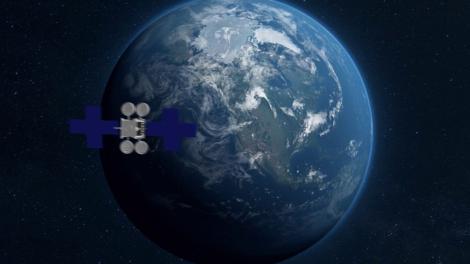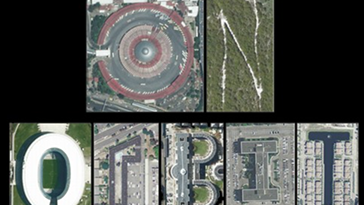Satellite Internet Service from the Company that Invented It
Count on Hughesnet, the leading provider of rural satellite internet to connect your home, community, office or enterprise.
At Hughes, we’re passionate about connecting the unconnected with innovative and evolving technologies and services that make internet access faster, easier and more affordable. It started in 1996, when our engineers devised a way to shorten file download times from an hour to only 90 seconds, using satellite connectivity. And we haven’t stopped innovating.
In fact, since pioneering the technology to power online access from satellites in space more than 25 years ago, we’ve continued to invest in enhancing and advancing satellite internet to serve more people. Today, our top-rated satellite internet service, Hughesnet®, connects millions of people across the Americas. Our standard-setting JUPITER™ System satellite ground technology connects millions more around the globe.
Plus, we have:
- Grown our own satellite capacity to the most powerful high-throughput Ka-band constellation across the Americas
- Increased speeds of up to 100 Mbps with the launch of JUPITER™ 3, the world's largest and most advanced commercial communications satellite
- Expanded our offering to serve more people in the U.S. – starting with rural parts of the country and growing to become the first satellite internet provider to offer broadband coast-to-coast
- Brought satellite internet to previously unserved communities in Latin America – connecting thousands of people to the internet for the first time in Brazil, Chile, Colombia, Ecuador, Mexico and Peru
- Continued to increase the value of our offerings with faster speeds, more data and Whole Home Wi-Fi.
During that time, also, we’ve made our leading satellite ground platform, the JUPITER System, available to the industry. With JUPITER technology, satellite operators, mobile network operators and governments worldwide bring the benefits of satellite internet to people and communities who would otherwise be cut off from all the internet has to offer.
Hughes is your partner for satellite internet solutions:
- At home with Hughesnet
- In your small business with Hughesnet for Business
- For state or U.S. federal government offices with Hughesnet for Government
- To help bridge the digital divide
Hughesnet Fusion Plans Combine Satellite & Wireless Technologies
In September 2022 we announced the launch of Hughesnet Fusion® plans, our exclusive plans that seamlessly combine satellite and wireless technologies to reduce latency for a more responsive internet experience, as demonstrated earlier this year. This hybrid approach to connectivity is an example of how at Hughes we are integrating various transports together with enabling technologies and managed services to enable an ActiveComms Ecosystem.
Plans are currently available in select areas, with expanded availability expected in the coming year.
Related Resources






